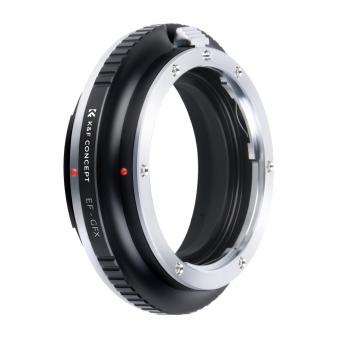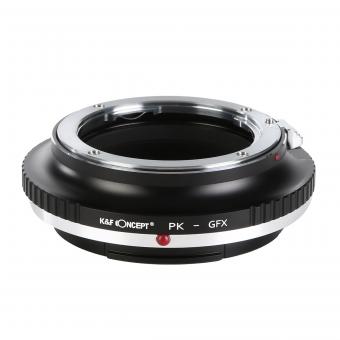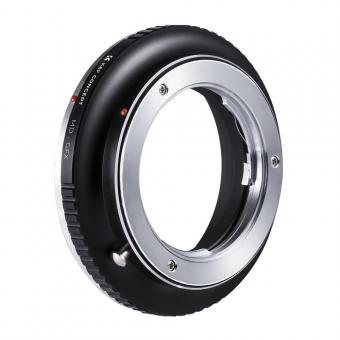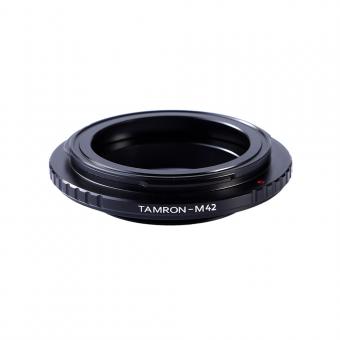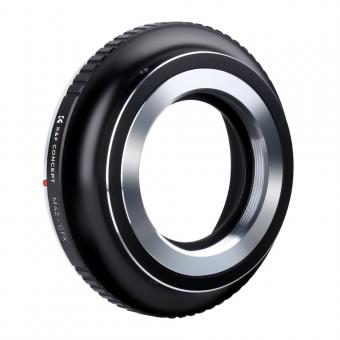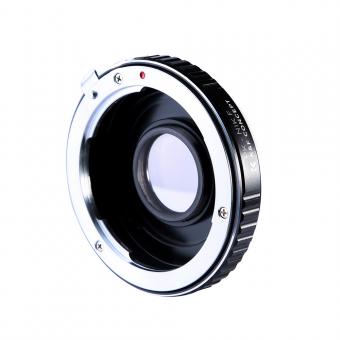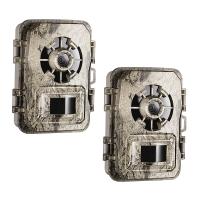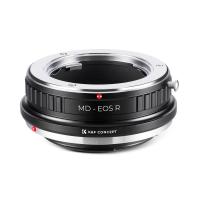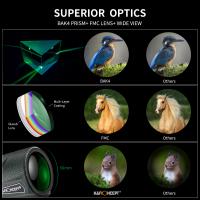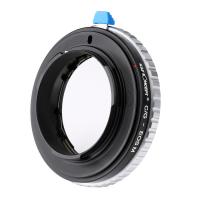Why Are Microscopes Important To Forensic Scientists ?
Microscopes are important to forensic scientists because they allow them to examine evidence at a microscopic level. This can include analyzing fibers, hair, blood, and other biological materials that may not be visible to the naked eye. By using microscopes, forensic scientists can identify unique characteristics of these materials that can help link them to a particular suspect or crime scene. Microscopes can also be used to analyze tool marks, such as those left by a screwdriver or other tool, which can help identify the type of tool used and potentially link it to a suspect. Overall, microscopes are an essential tool for forensic scientists in their efforts to gather and analyze evidence in criminal investigations.
1、 Microscopic analysis of trace evidence
Microscopes are essential tools for forensic scientists as they allow for the microscopic analysis of trace evidence. Trace evidence refers to small, often invisible, pieces of physical evidence that can be left behind at a crime scene. Examples of trace evidence include hair, fibers, soil, and glass fragments. Microscopes enable forensic scientists to examine these tiny pieces of evidence in detail, which can provide crucial information in criminal investigations.
Microscopic analysis of trace evidence can reveal important information about a crime scene, such as the type of weapon used, the identity of the perpetrator, and the movements of the victim. For example, the analysis of hair and fibers found at a crime scene can provide information about the clothing worn by the perpetrator or the type of vehicle used in a hit-and-run accident. Similarly, the analysis of soil and glass fragments can provide information about the location of a crime scene or the type of weapon used.
In recent years, advances in microscopy technology have further enhanced the capabilities of forensic scientists. For example, scanning electron microscopes (SEM) and transmission electron microscopes (TEM) can provide high-resolution images of trace evidence, allowing for even more detailed analysis. Additionally, microspectrophotometry can be used to analyze the color and chemical composition of trace evidence, providing further information about a crime scene.
In conclusion, microscopes are essential tools for forensic scientists as they allow for the microscopic analysis of trace evidence. This analysis can provide crucial information in criminal investigations, and advances in microscopy technology have further enhanced the capabilities of forensic scientists.
2、 Identification of biological materials
Microscopes are essential tools for forensic scientists as they enable the identification of biological materials that are often too small to be seen with the naked eye. Forensic scientists use microscopes to examine a wide range of biological materials, including hair, fibers, blood, semen, and other bodily fluids. By analyzing these materials under a microscope, forensic scientists can identify the source of the material, which can be crucial in solving crimes.
In recent years, advances in microscopy technology have made it possible for forensic scientists to identify biological materials with even greater accuracy and precision. For example, fluorescence microscopy allows scientists to visualize specific molecules within a sample, while scanning electron microscopy can provide high-resolution images of the surface of a material.
Microscopy is also important in the analysis of trace evidence, which refers to small amounts of material that are left behind at a crime scene. Trace evidence can include things like soil, pollen, and glass fragments, and can be used to link a suspect to a crime scene or to identify the location of a crime.
Overall, microscopes are essential tools for forensic scientists, enabling them to identify and analyze biological materials and trace evidence with a high degree of accuracy and precision. As technology continues to advance, it is likely that microscopy will play an even greater role in forensic investigations in the future.
3、 Examination of tool marks and impressions
Microscopes are essential tools for forensic scientists as they allow for the examination of evidence at a microscopic level. One of the key areas where microscopes are important is in the examination of tool marks and impressions. Tool marks are left behind when a tool is used to commit a crime, such as a screwdriver used to break into a house. Impressions, on the other hand, are left behind when an object is pressed into a surface, such as a shoe print left in mud.
By using microscopes, forensic scientists can examine these marks and impressions in detail, looking for unique characteristics that can help identify the tool or object used. For example, the shape and size of a tool mark can provide clues about the type of tool used, while the pattern of a shoe print can help identify the make and model of the shoe.
In recent years, advances in microscopy technology have further enhanced the capabilities of forensic scientists. For example, scanning electron microscopes (SEM) can provide high-resolution images of tool marks and impressions, allowing for even more detailed analysis. Additionally, microspectrophotometry can be used to analyze the chemical composition of materials, which can be useful in identifying the source of a tool mark or impression.
Overall, microscopes are crucial tools for forensic scientists in the examination of tool marks and impressions. With the latest advances in microscopy technology, forensic scientists are able to gather even more detailed information from these types of evidence, helping to solve crimes and bring perpetrators to justice.
4、 Analysis of gunshot residue
Microscopes are essential tools for forensic scientists as they allow them to examine and analyze evidence at a microscopic level. In the case of the analysis of gunshot residue, microscopes are particularly important as they enable forensic scientists to identify and analyze the tiny particles that are left behind after a firearm is discharged.
Gunshot residue (GSR) is made up of a mixture of particles that are released when a firearm is discharged. These particles can include lead, barium, and antimony, among others. By using a microscope, forensic scientists can examine these particles and determine whether they are consistent with GSR. This information can be used to help determine whether a suspect was present at the scene of a shooting.
In recent years, advances in microscopy technology have made it possible for forensic scientists to analyze gunshot residue more accurately and efficiently than ever before. For example, scanning electron microscopy (SEM) can be used to create high-resolution images of GSR particles, allowing forensic scientists to identify even the smallest particles with greater accuracy.
Overall, microscopes are essential tools for forensic scientists, and their importance in the analysis of gunshot residue cannot be overstated. As technology continues to advance, it is likely that microscopes will play an even greater role in forensic investigations in the years to come.





